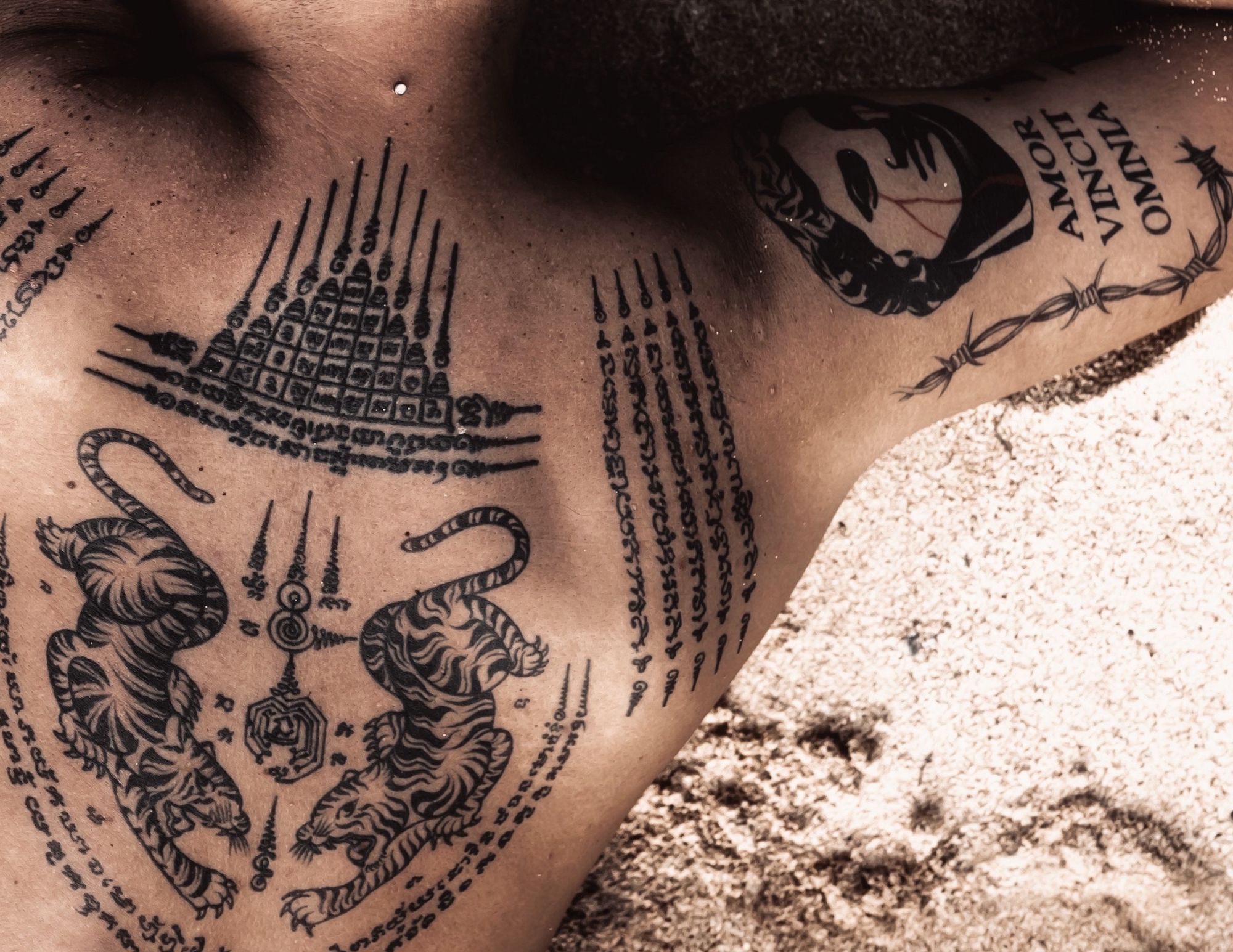Tattoos
Tattoos for healing & social signaling among the ancients
I’ve been reading The Amazons by Adrienne Mayor as part of the research to fully develop the nomadic tribe of spider-herders inhabiting the central plain of the region my novel Civil Mage takes place in. There’s a lot of interesting information about how tattooing practices varied in the Ancient World, so I decided to head down the rabbit hole.
Fun Facts
…
Keep reading with a 7-day free trial
Subscribe to Manuscriptions to keep reading this post and get 7 days of free access to the full post archives.

